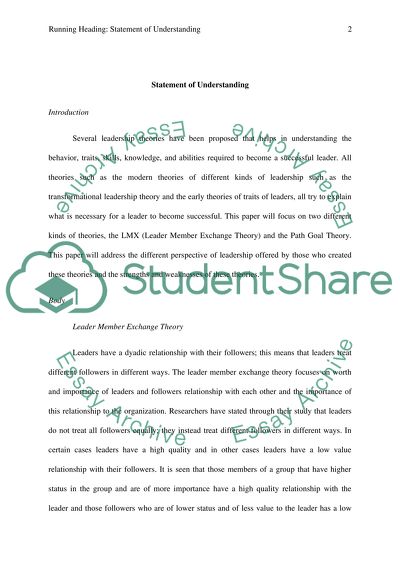Cite this document
(“The LMX and the Path-Goal Theory Assignment Example | Topics and Well Written Essays - 1500 words”, n.d.)
The LMX and the Path-Goal Theory Assignment Example | Topics and Well Written Essays - 1500 words. Retrieved from https://studentshare.org/psychology/1600547-statement-of-understanding
The LMX and the Path-Goal Theory Assignment Example | Topics and Well Written Essays - 1500 words. Retrieved from https://studentshare.org/psychology/1600547-statement-of-understanding
(The LMX and the Path-Goal Theory Assignment Example | Topics and Well Written Essays - 1500 Words)
The LMX and the Path-Goal Theory Assignment Example | Topics and Well Written Essays - 1500 Words. https://studentshare.org/psychology/1600547-statement-of-understanding.
The LMX and the Path-Goal Theory Assignment Example | Topics and Well Written Essays - 1500 Words. https://studentshare.org/psychology/1600547-statement-of-understanding.
“The LMX and the Path-Goal Theory Assignment Example | Topics and Well Written Essays - 1500 Words”, n.d. https://studentshare.org/psychology/1600547-statement-of-understanding.


